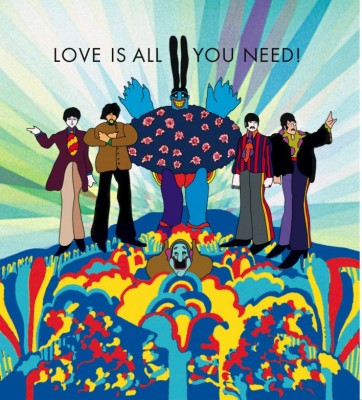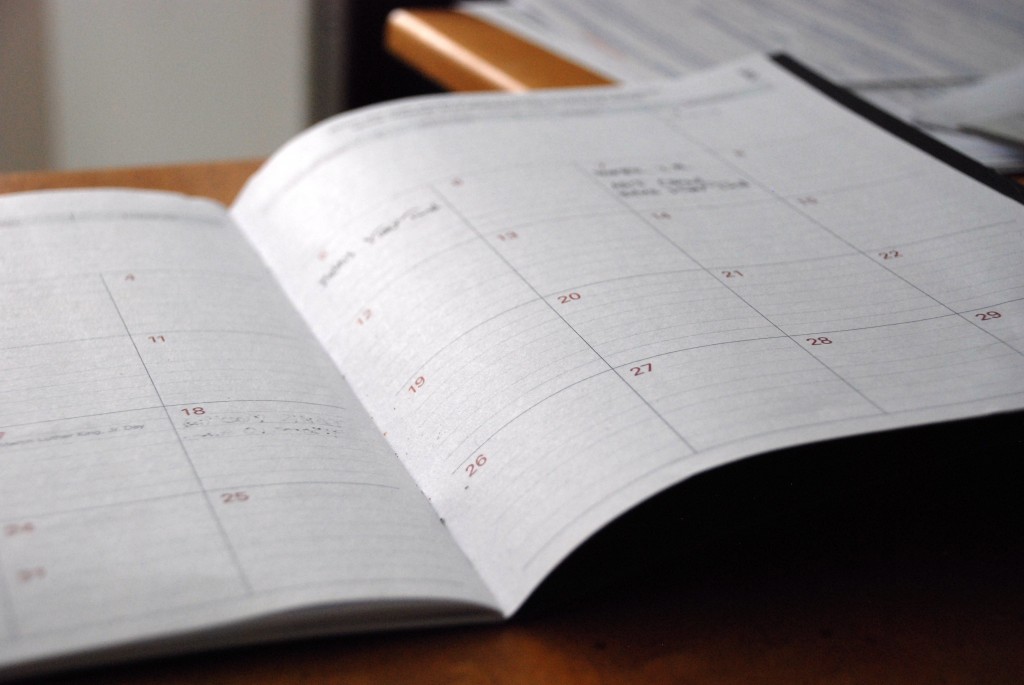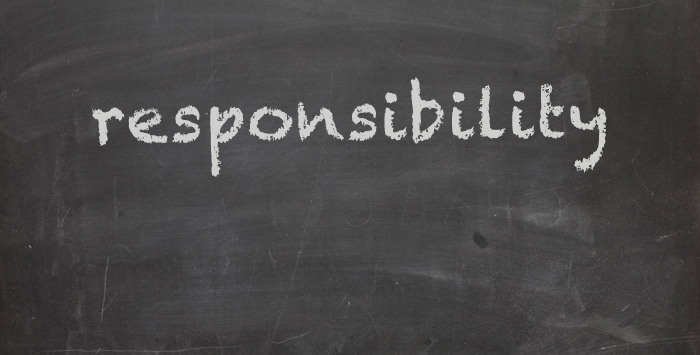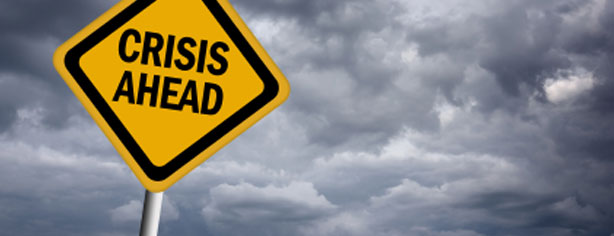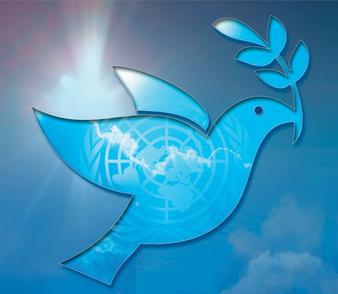It was the title of the article that first captured my attention more than 30 years ago as a budding, young professional:
Work Hard; Love People; Be A Professional
Then, the first sentence, in all capital letters, begins: THERE IS NO SUCH THING AS A PERFECT JOB.
The article, written by Elinor J. Wilson, then Director of the Colgate University Bookstore and sitting President (1985-86) of the National Association of College Stores, appeared in The College Store Journal.
The same article title that caught my attention all those years ago stood out the other day, as I purged old paper files and organized my office. Asking myself the all-important question as I touched each memory, “Does it stay or does it go?,” the answer was an emphatic “Stay!” The fading copy is carefully and meticulously highlighted in yellow, with specific words and phrases then underlined in red.
That first paragraph continues with, “In any position, you will find some duties which, if they are not unpleasant immediately, eventually will be. Success depends not merely on how well you do things you enjoy, but how conscientiously you perform those duties you don’t enjoy.” Reread this last sentence. What refreshing honesty. These words of wisdom could be incorporated easily into new employee orientation or onboarding programs.
Wilson outlines several specific, simple rules to better one’s chance for success:
• Have ambition
• Learn everything you can about your work
• Broaden your horizons
• Set your goals high
• Learn self-discipline and self-reliance
• Communicate effectively; put your ideas into clear language
• Be thorough; cover every side of a question; follow every lead
• Set a definite goal for yourself
She adds, “Before you know it, you may find the ladder of success stretching out below you instead of rising ominously in front of you.” She emphasizes how important it is to Keep (maintain action by care and labor) Doing (deeds of interest and excitement). The true professional is in constant motion, continuously improving, and including others in important decisions.
One of my favorite sections of the article, though, is a discussion about time.
“If you had a bank that credited your account each morning with $86,400, that carried over no balance from day to day, and allowed you to keep no cash in your account, and every evening cancelled whatever part of the amount you had failed to use during the day, what would you do? Draw out every cent, of course!
“Well, you have such a bank, and its name is time. Every morning it credits you with 86,400 seconds. Every night it rules off, as lost, whatever of this you have failed to invest to good purpose. It carries over no balance. It allows no overdrafts.
“Each day it opens a new account with you. Each night it burns the records of the day. If you fail to use the day’s deposits, the loss is yours. There is no going back. There is no drawing against the tomorrow. You must live in the present, on today’s deposits. Invest it so as to get from it the utmost in health, happiness, and success.
“The secret for controlling time is that there is always enough time to do what is really important. The difficulty is knowing what is really important.”
Wilson encourages the reader to focus on professional development, hard work, dedication, and resourcefulness. “Be a giver to life instead of just a receiver,” she adds.
She ends the article with one simple sentence: “The light of leadership shines only because of the spark offered by each individual.”
Wilson’s words of wisdom are as relevant today as they were when she wrote them more than three decades ago. I hope they resonate within you as they continue to do within me. There is so much more that we can do to contribute and create positive change in our workplaces, our communities, and in the world. Keep doing. Work hard. Love people. Be a professional.


